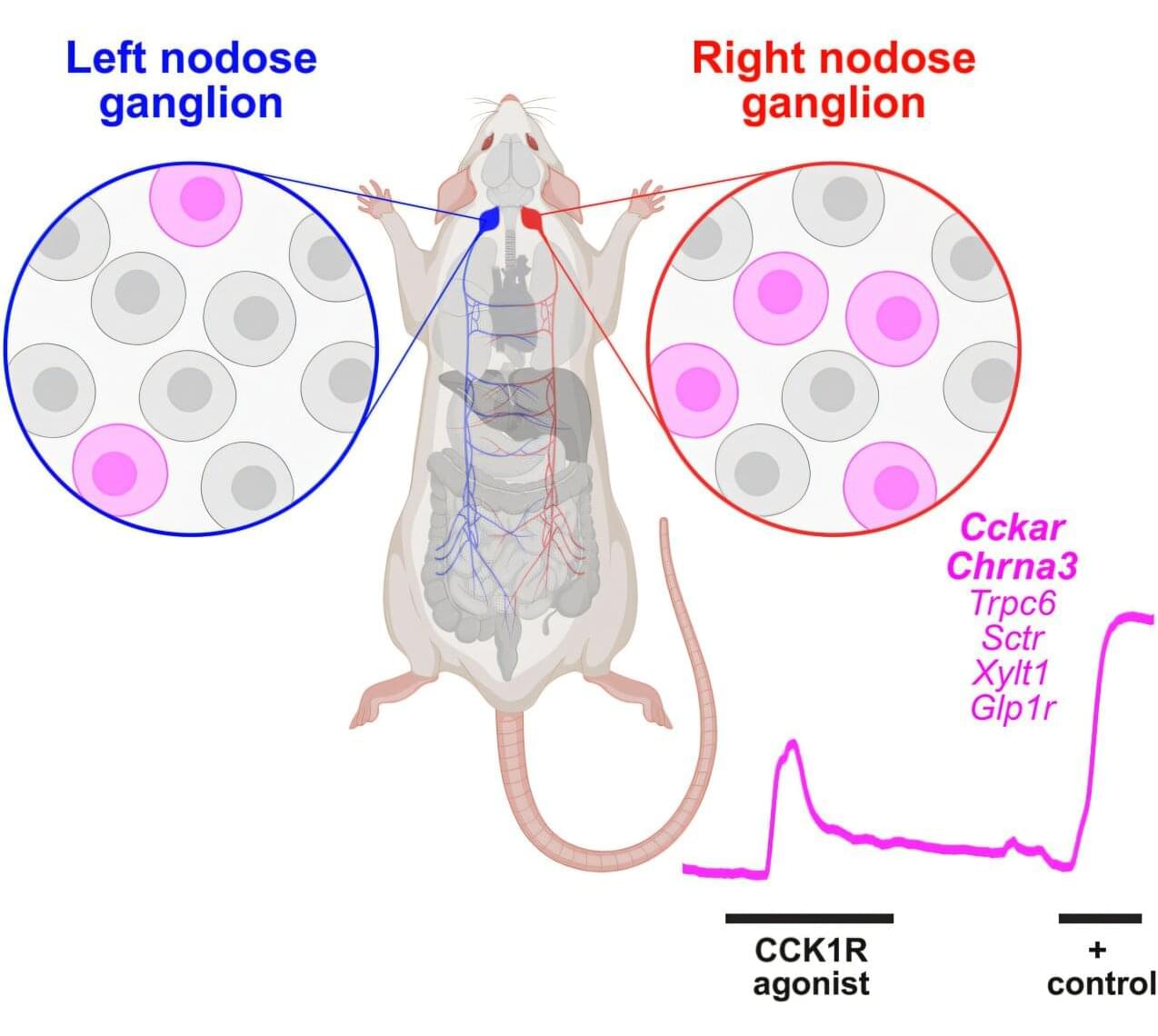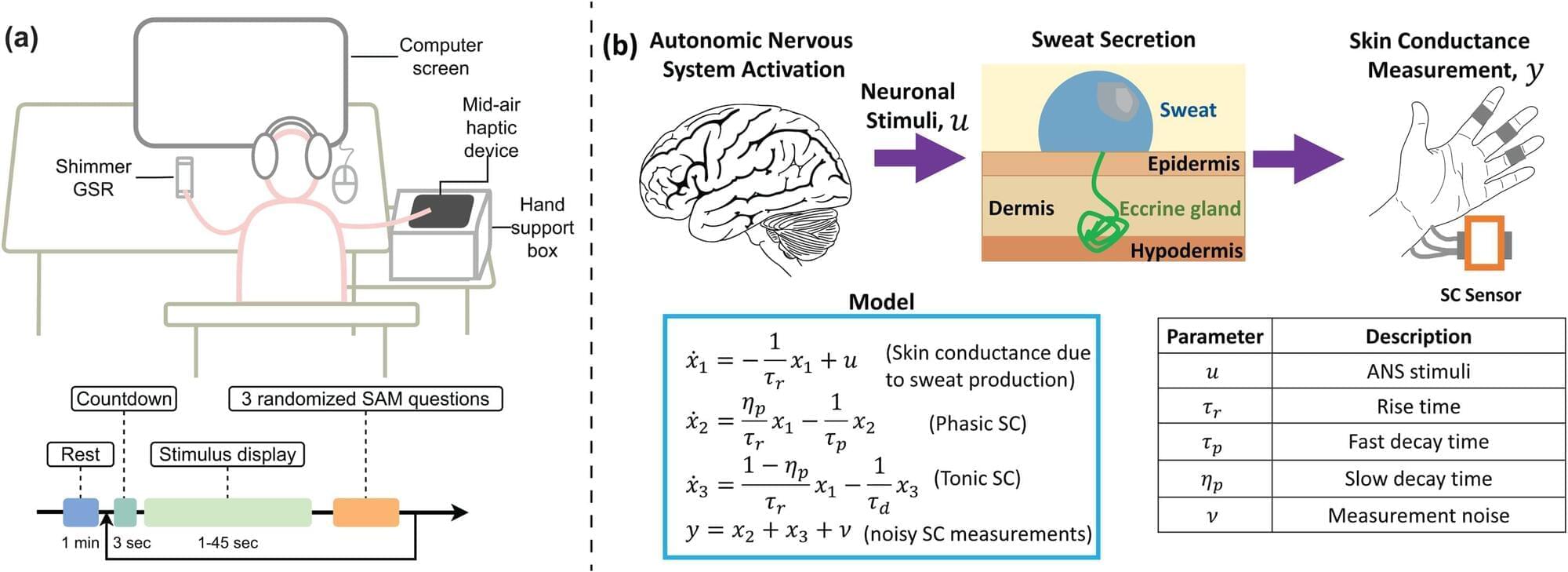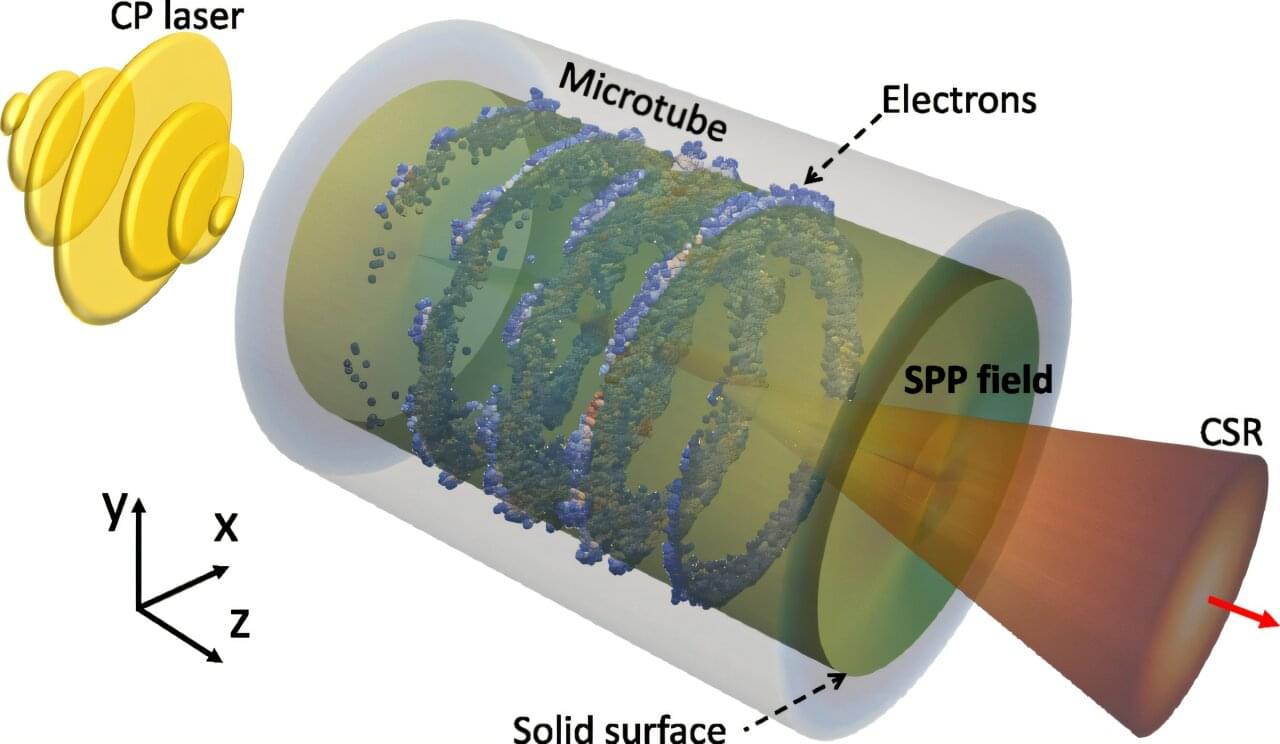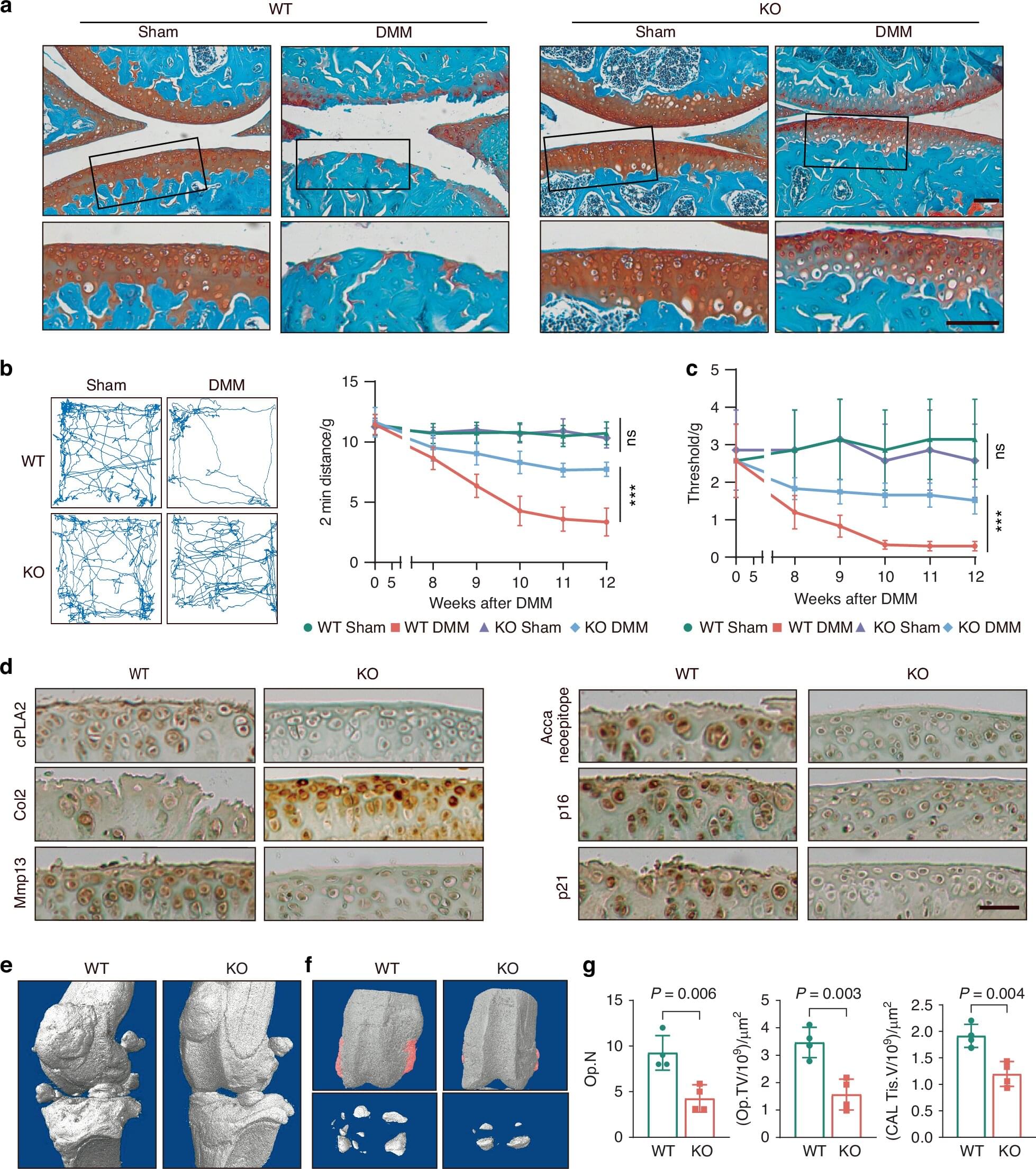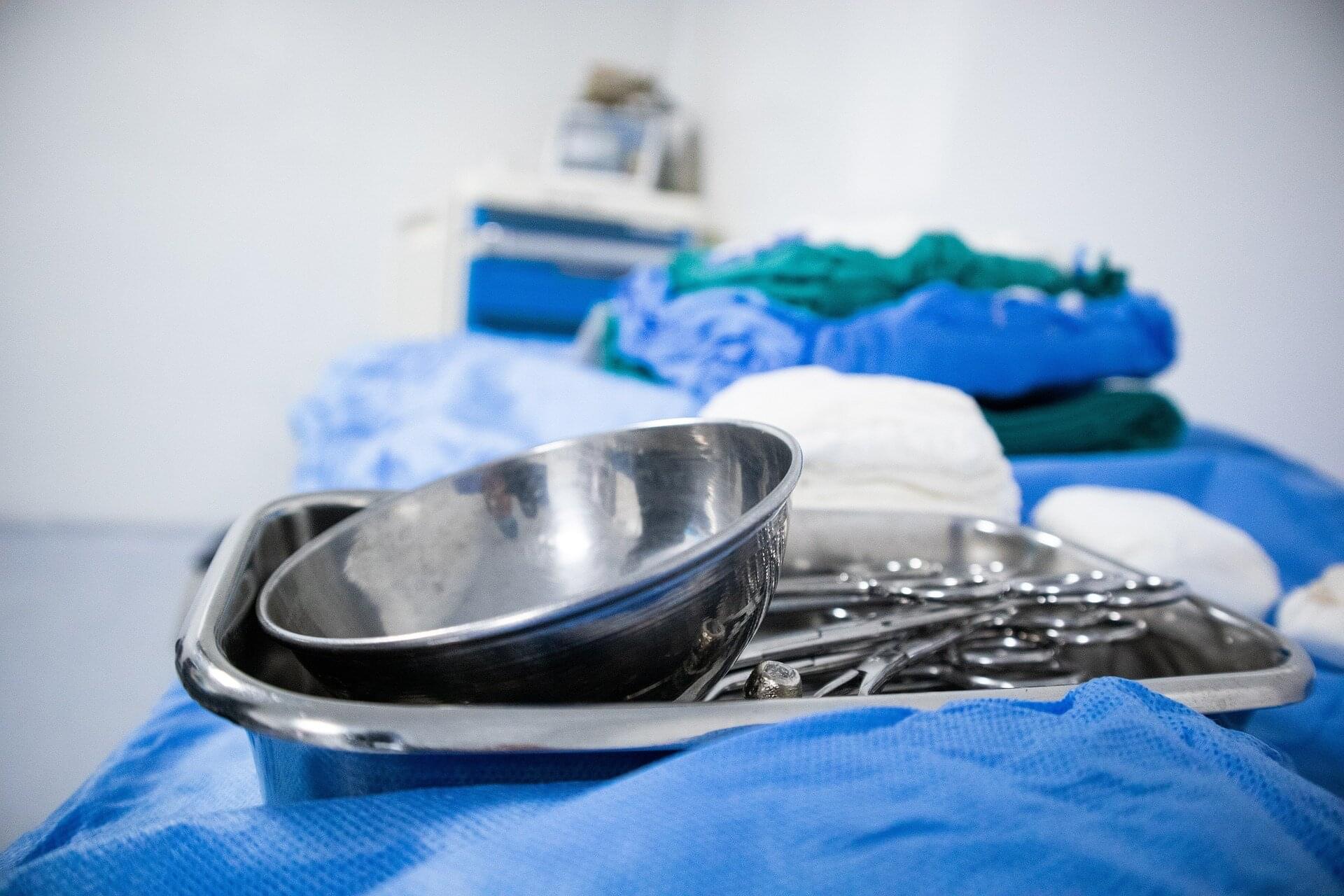After years of work, cognition and neuroscience doctoral student Hailey Welch is—for the first time—the lead author of a study published in an academic journal, a paper appearing in Cell Reports, which examined the role of the vagus nerve’s branches in digestive signaling.
The goal of Welch’s research is to learn more about the vagus nerve’s role in the forming of dietary habits. The vagus nerve includes left and right branches. Earlier research in the Motor and Habit Learning Lab of Dr. Catherine Thorn, associate professor of neuroscience in the School of Behavioral and Brain Sciences and the corresponding author of the Cell Reports study, indicates that those two sides have different functions.
“We know that the vagus nerve transmits information about the nutritional and reward aspects of food from the gut to the brain,” Welch said. “What we are discovering is that such reward signaling is lateralized—mainly right-sided.”
